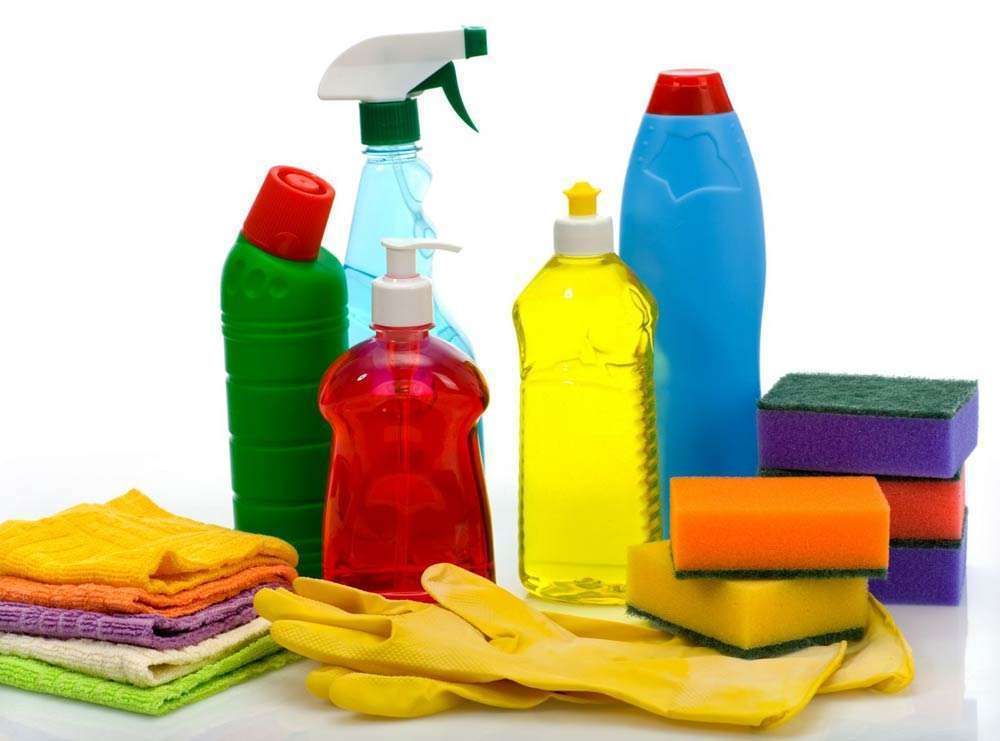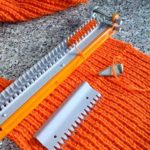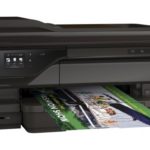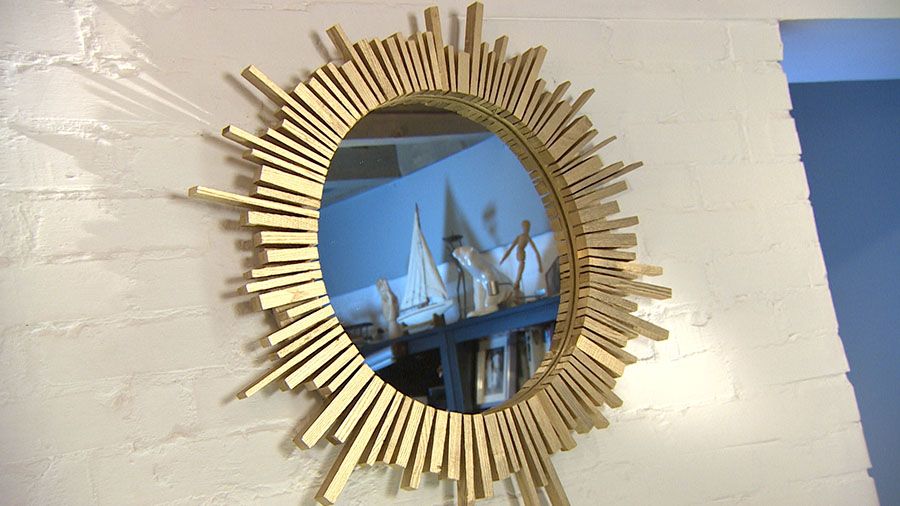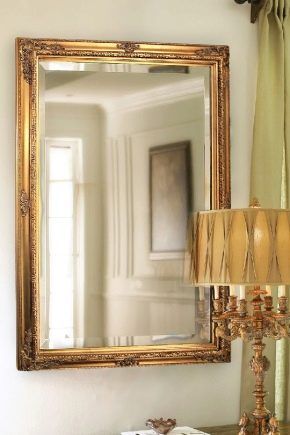How to wash a mirror without streaks
Children's handprints, splashes, traces of varnish, limescale, dust - these are the main opponents of a housewife who dreams of seeing mirrors in her home in perfect condition. To achieve victory over your enemies faster and more lastingly, be sure to use ready-made industrial and household detergents. They will not only help get rid of stains and stains, but also restore the shine of the surface.
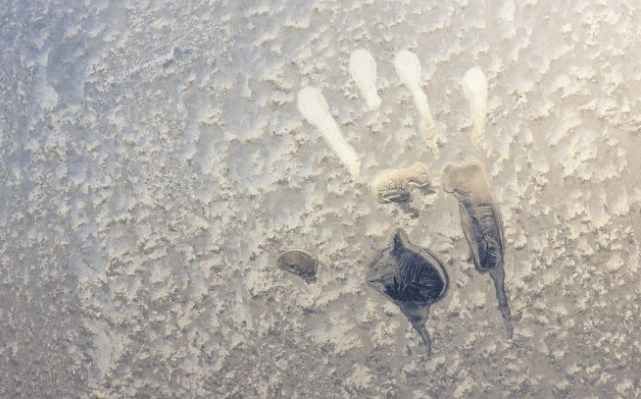
The content of the article
How to properly wash a mirror
For a high-quality result, the reflective surface is washed and rubbed several times. First, remove dust and dirt. Then problematic stains and large formations are cleaned off, and only after finishing work on the most difficult stains, a product that prevents the appearance of streaks is applied (it will need to be wiped off thoroughly). The final stage: polishing.
How to clean a mirror with clean water
How to wash a mirror without streaks with plain water? There are too many impurities in tap water, so it should not be used when cleaning a mirror surface - stains will remain. It’s better to go to the spring and collect the key. It has a lower metal content and no disinfecting chemicals at all.
Further actions:
1.Collect a bunch of newspaper sheets or stock up on a roll of multi-ply toilet paper (1-ply will get wet and tear too quickly, something stronger is required).
2. Pour water into a spray bottle.
3. Spray the contents onto a limited area of the mirror.
4. Wipe dry with sheets of newspaper.
5. Treat the entire surface in a similar manner.
6. Polish (you can skip this step).
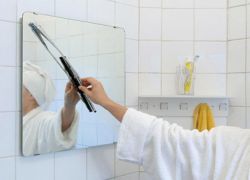
IMPORTANT. If a lot of dust has accumulated on the surface, then you will have to wash it twice (the first time removes the dirt, and the second removes its residues and stains). Well, a persistent fresh stain can be easily removed by spot-applying a small amount of dishwashing detergent to the problem area.
We use household chemicals
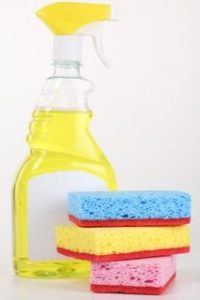 When choosing a product, you should pay attention to the main ingredient. Liquids containing isopropyl alcohol evaporate quickly on their own and do not need to be collected with a cloth. They are inexpensive, if handled properly, they do not leave marks and do not require rinsing. They are also effective against recently appeared greasy stains. However, additives specific to this product category can be harmful to health. Another popular component is ammonia. Products based on it give a glossy shine without polishing, cope well with complex stains, but are strongly scented (a large amount of fragrance is necessary to muffle the ammonia smell) and sometimes leave whitish stains.
When choosing a product, you should pay attention to the main ingredient. Liquids containing isopropyl alcohol evaporate quickly on their own and do not need to be collected with a cloth. They are inexpensive, if handled properly, they do not leave marks and do not require rinsing. They are also effective against recently appeared greasy stains. However, additives specific to this product category can be harmful to health. Another popular component is ammonia. Products based on it give a glossy shine without polishing, cope well with complex stains, but are strongly scented (a large amount of fragrance is necessary to muffle the ammonia smell) and sometimes leave whitish stains.
IMPORTANT. For safety reasons, automotive products cannot be used in residential areas. Car glass cleaners do an excellent job of removing greasy and stubborn stains, but they are overly concentrated for an apartment or private house. Their use can provoke an attack of acute headache.
Allergy sufferers and people who want to reduce contact with chemicals in everyday life should take a closer look at liquids with biodegradable plant components. They smell nice, are as safe as possible, cope well with stains of organic and inorganic origin, but are much more expensive than their analogues.
Folk remedies
- Ammonia. Mix a tablespoon with a glass of warm water. Treat the entire surface of the mirror with the solution. Get wet.
- Green tea. Brew chifir, add salt. Soak a nylon cloth with the product and rub the mirror.
- Roots. Apply half an onion or potato to the surface, rinse with water, and wipe dry with a rag.
NOTE. A blue solution will add shine to a new mirror, onion juice will repel insects (you need to rub it with the cut side), shaving foam will help solve the problem of fogging (apply to a rag, treat the entire surface). Milk will save you from clouding, and the plasticine can be easily cleaned off if you warm it up a little or, conversely, freeze it (for example, remove the mirror and take it out to the balcony in winter).
Using antistatic wipes
In the case of complex and old stains, they will not help; they are used only as a tool to maintain cleanliness. However, in this role they have no equal: when working with them, you do not need to resort to other cleaning agents, wash off anything, additionally treat the mirror surface with dust-repellent substances, or use several tools. This wipe is suitable for every stage of care, from removing deposits to polishing.
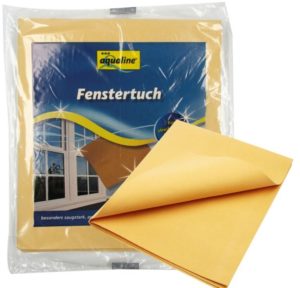
How to get rid of specific contaminants
Memo to the hostess:
- a store-bought solution based on ethyl alcohol will help remove an old greasy stain (the solution is relevant for regular and frosted mirrors);
- household chemicals with moisture-repellent additives will help remove traces of smudges that form after windows fog up;
- if you moisten a rag in cologne, you can quickly get rid of contaminants that have arisen after hairspray gets on the reflective surface;
- the issue of dust can be solved with the help of green tea;
- soot, ash and ash are removed with salt and a small amount of water.
How to get rid of limescale on a mirror
Stains typical of reflective and glass surfaces in the bathroom can be easily removed with store-bought cleaners containing citric acid or vinegar. However, they should be used with caution. If an acid-containing liquid gets on the metal body of a plumbing fixture (for example, a shower stall) or on the steel frame of a mirror, it causes severe oxidation.
IMPORTANT. If you want to maintain the attractive appearance of metal elements, use a paste of water and crushed chalk or tooth powder (some prefer not to dilute it). Both options remove lime deposits from different materials relatively carefully and efficiently.
Industrial cleaning products can be replaced with regular lemon. The citrus is simply divided in half and the cut side is rubbed onto the reflective surface. Second alternative: citric acid solution (80 g of product per 30 ml of boiling water, you can add a universal liquid cleaner for mirrors on top). The resulting substance is sprayed onto the limescale, then wait a few minutes and remove any remaining contamination with a rag.
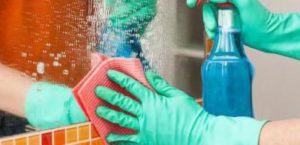
How to remove traces of stickers and markers from a wardrobe mirror
Method one: rub the stickers with a rag soaked in sunflower oil. Upon completion of work, be sure to wash the mirror surface with a good product that does not leave streaks.
Method two: wet a cotton rag and cover the mirror with it. The top side of the stickers will begin to peel off easily from the water. Next, make a weak soap solution and scrub off the sticky residue with it. This way you can clean even complex stains.
IMPORTANT. Sometimes it is recommended to cut off stickers with a blade, but you should only resort to this solution to the problem if you don’t mind the mirror. It will definitely be scratched. The issue with your hands is easier to solve: to protect them, you need to cover the blade with a medical plaster.

What to wash with
You will need the following tools:
- rags and napkins made of microfiber and artificial suede (perforated and smooth);
- wiper;
- scraper for windows and smooth surfaces (useful if the mirror is very large).
For ordinary housewives, a windshield wiper seems too expensive. In fact, today it is easy to buy a good household and even branded model for only 900-1400 rubles. And it will be equally suitable for washing windows, mirrors, and tiles.
More expensive models can be used everywhere from a car to porcelain tiles on the floor. They are partially or completely portable, equipped with a spray bottle and come complete with various attachments. With the help of the latter, you can quickly clean both a huge wardrobe and very small mosaic inserts on the doors.
